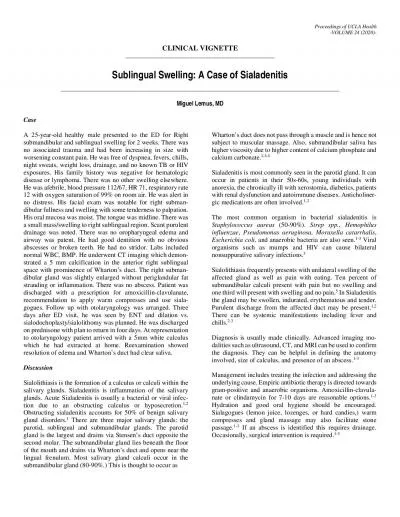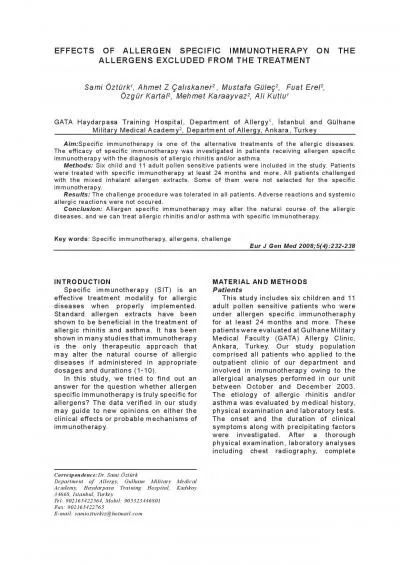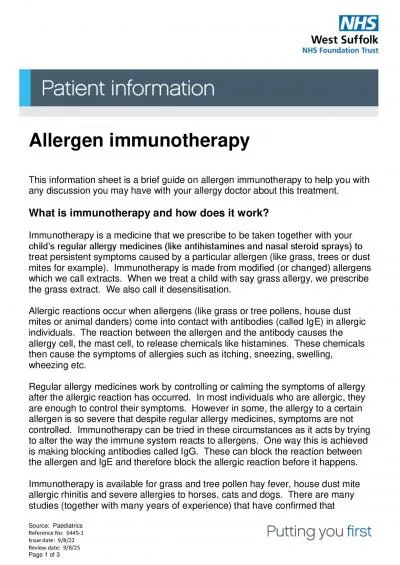PPT-Testing Along With Sublingual Immunotherapy
Author : myesha-ticknor | Published Date : 2016-05-09
For Allergy Patients wwwmaximedrxcom 8008487240 Allergy Overview Number of people in the US who have either allergy or asthma symptoms one in five Percentage
Presentation Embed Code
Download Presentation
Download Presentation The PPT/PDF document "Testing Along With Sublingual Immunother..." is the property of its rightful owner. Permission is granted to download and print the materials on this website for personal, non-commercial use only, and to display it on your personal computer provided you do not modify the materials and that you retain all copyright notices contained in the materials. By downloading content from our website, you accept the terms of this agreement.
Testing Along With Sublingual Immunotherapy: Transcript
Download Rules Of Document
"Testing Along With Sublingual Immunotherapy"The content belongs to its owner. You may download and print it for personal use, without modification, and keep all copyright notices. By downloading, you agree to these terms.
Related Documents














